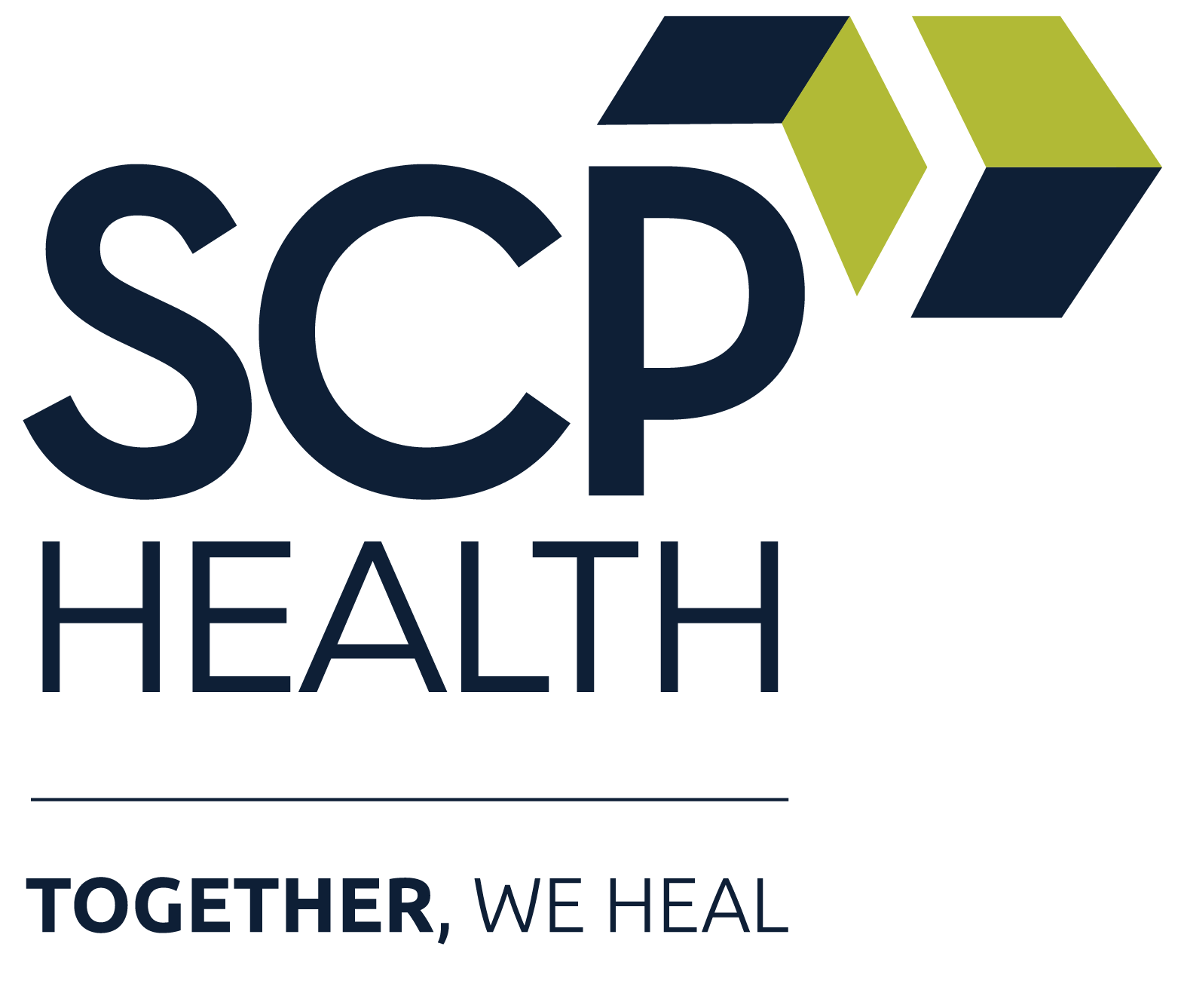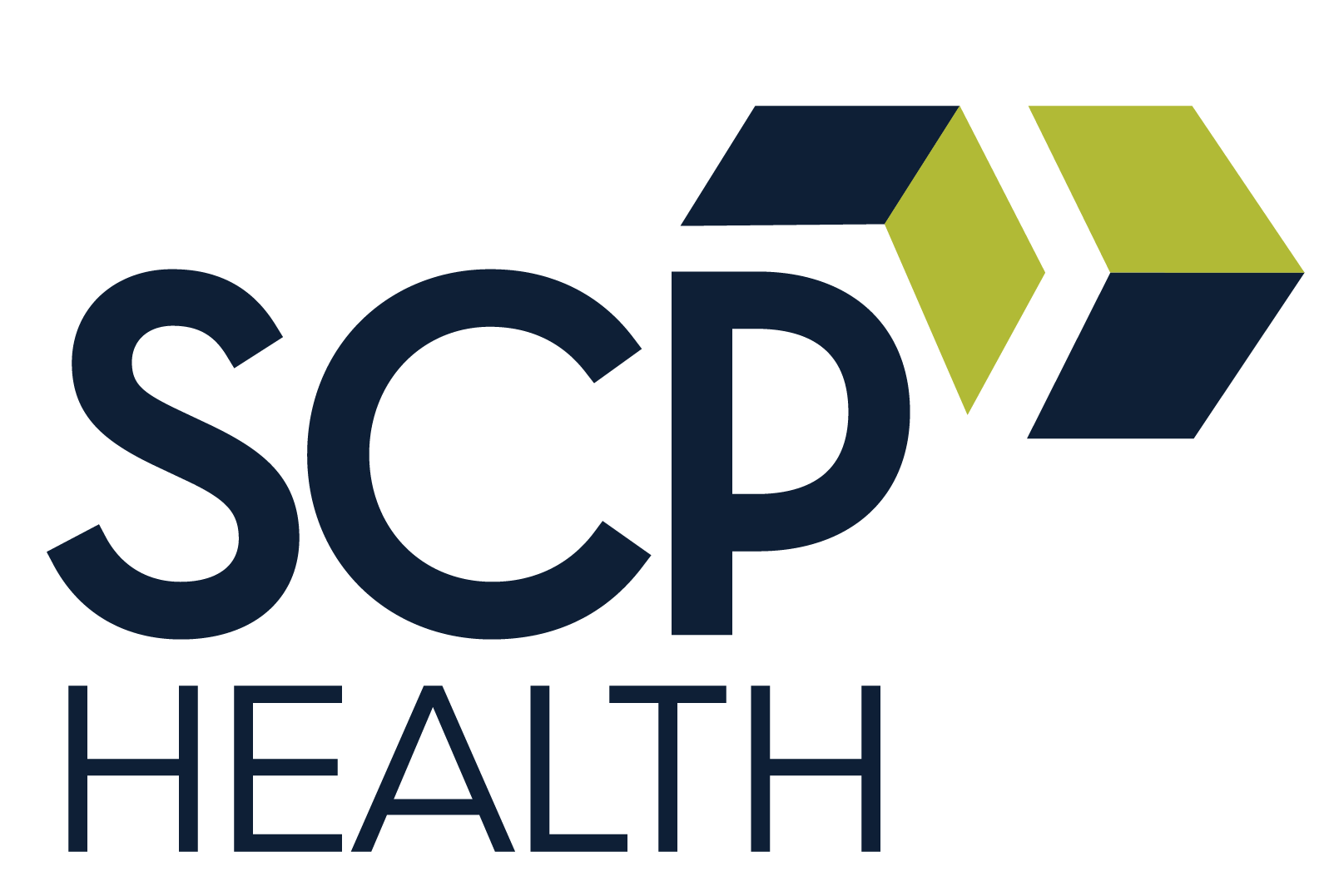Hospitals can simultaneously deliver exceptional patient care and achieve strong financial sustainability by implementing strategic, clinically-driven efficiency improvements.
While today’s health care environment presents challenges, including rising patient expectations and economic uncertainty, forward-thinking hospital leaders are discovering that the path to sustainability lies in finding innovative solutions that enhance both quality and cost-effectiveness.
Hospital leadership and frontline clinicians can work together to identify and implement changes that streamline operations while elevating the patient experience, such as:
1. Utilize NPs and PAs for staffing success
Nurse practitioners (NPs) and physician assistants (PAs) are a foundational part of clinical teams and play a vital role in the continuum of care — one that has become increasingly crucial due to the growing physician shortage.
When NPs and PAs experience effective collaboration with physicians, and their clinical expectations are matched with training and experience, the care delivery model can be positively impacted.
Over the past two decades, considerable research has shed light on the performance of NPs and PAs compared to physicians. Studies have examined various aspects of care, including quality metrics and resource utilization across different health care settings. While results can vary depending on the context and patient population, a significant body of evidence suggests that NPs and PAs can deliver safe, effective, high-quality care, particularly for less complex conditions.
Their presence benefits emergency medicine and hospital medicine practice in several ways: improving patient satisfaction, sharing the workload, increasing throughput, and optimizing resources.
Related resource: Optimizing patient care through clinical collaboration
2. Look for patient care opportunities beyond the four walls
As health care shifts more into patients’ homes and communities, medical professionals have a responsibility to care for patients outside the hospital’s four walls.
What are some ways to offer care outside the hospital setting?
Preventative patient engagement –
Connect with patients with clinical and non-clinical expertise before an acute care encounter to increase access and build stronger patient relationships. Services such as nurse triage lines and preventative health reminders can help improve health outcomes within your community.
Telehealth –
Telehealth provides access to high-quality care for patients in rural locations, offers staffing efficiencies, supports the care continuum, and meets the ever-growing patient demand. It also enables hospitals to continue a relationship with post-acute care patients discharged from the hospital to home.
Hospital at home –
As an alternative to traditional hospital admission, these programs deliver hospital-level treatment in patients’ homes through a combination of remote monitoring technology, regular in-person visits from health care professionals, and 24/7 clinical support. Patients receive intravenous medications, diagnostic testing, and continuous health monitoring while recovering in the comfort of their own homes.
Post-acute care –
Provide patient outreach and follow-up support for vulnerable populations to support patients in continued healing after discharge, improving outcomes, and reducing preventable readmissions.
3. Make improving patient experience an even higher priority
Research shows that patients with better care experiences are often more engaged and committed to their treatment plans, and therefore more receptive to medical advice. As a result, a better patient experience can be linked with better overall outcomes.
Not only that, but statistical data also shows a clear relationship between hospital financial stability and patient satisfaction.
Further, excellent customer satisfaction creates an environment the staff can take pride in, resulting in higher morale and less turnover.
Ways to improve patient experience
The ways to improve the patient experience are myriad, but four stand out:
Encourage effective communication –
Patients who feel acknowledged that their concerns are listened to are more likely to respond to treatment than those who don’t. That’s why it’s essential to encourage clinicians to improve their bedside manner through effective communication. That includes making eye contact, speaking with empathy and compassion, and refraining from “doctor speak” by explaining procedures and diagnoses using terms the patient can understand.
Document properly –
Make sure providers are properly documenting patient care. Better documentation means better communication among the health care team — which can improve transitions of care for patients.
Utilize AI support –
Ambient listening with artificial intelligence can help clinicians improve bedside attention and ensure documentation accuracy for more thorough patient care and satisfaction.
Prioritize clinicians – Investing in clinicians’ professional and personal well-being leads to better clinician satisfaction and, in turn, improved patient satisfaction. Support clinicians with evidence-based practices, strong leadership, and individualized data to improve operational efficiency and help them find work-life balance with predictable schedules and wellness programs.
Related resource: 10 easy ways to improve patient satisfaction in the ED
4. Optimize standardization of care
Standardization of care delivers consistent, evidence-based treatment that reduces medical errors and ensures all patients receive optimal care regardless of location, clinician, or timing. This consistency improves care coordination and guarantees patients benefit from the latest clinical best practices.
Financially, standardized protocols create predictable costs that enable better resource planning and budget management. Health care organizations can more accurately forecast expenses, reduce waste from unnecessary procedures and extended stays, and negotiate better rates with suppliers and payers. Standardization also supports value-based payment models by demonstrating measurable quality outcomes and cost efficiency.
This creates a reinforcing cycle where improved patient outcomes drive better financial performance, enabling further investments in quality improvement initiatives.
5. Form strategic partnerships to maximize resources
Finding the right health care partners who share your values can maximize resources to achieve your goals in all the areas listed above. That’s why it makes sense for hospitals to look to form partnerships, explore collaborative opportunities, and create more access points for patients.
Hospitals and health systems can build relationships that improve the efficiency and stability of their organization with benefits such as expanded recruiting networks, innovative technology support, and additional clinical and operational expertise.
Related resource: 6 hospital management strategies to thrive in today’s health care environment
Taking action
The challenges your hospital faces in this modern health care environment grow daily, but SCP is here to help with value-added, hospital-based clinical services that include provider recruiting and retention, increasing revenue, managing stability, improving patient satisfaction scores, and optimizing processes and systems. Learn more about SCP Health’s experience and capabilities here.





